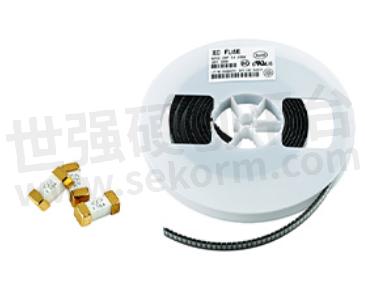What Are The Differences Between TVS Diodes And Voltage Regulator Diodes

In circuit applications, the application range of diodes is becoming increasingly widespread, among which TVS diodes and voltage regulator diodes are more common. Many people are not very clear about these two. Today, the editor leads everyone to re understand them.
From a definition perspective, TVS diode is an efficient circuit protection device developed on the basis of voltage regulator technology. Its circuit symbol and appearance are the same as ordinary voltage regulator diodes; Zener diode, also known as Zener diode, refers to the phenomenon of using a pn junction to reverse breakdown state, and its current can change over a large range while the voltage remains basically unchanged, making it a diode that plays a stabilizing role. (Related reading: Principles and Introduction of Transient Suppression Diodes (TVS))
In principle, when the two ends of a TVS tube are subjected to instantaneous high-energy shocks, it can suddenly reduce its impedance at a very high speed (up to 1 * 10-12 seconds), while absorbing a large current and clamping the voltage between its two ends at a predetermined value, thereby ensuring that subsequent circuit components are not damaged by transient high-energy shocks. We often see TVS diodes as one of the main means of ESD protection in some precision electronic devices.
The forward characteristic of the voltage ampere characteristic curve of a voltage regulator diode is similar to that of a regular diode. The reverse characteristic is that when the reverse voltage is lower than the reverse breakdown voltage, the reverse resistance is large and the reverse leakage current is very small. However, when the reverse voltage approaches the critical value of the reverse voltage, the reverse current suddenly increases, known as breakdown. At this critical breakdown point, the reverse resistance suddenly drops to a very small value. Although the current varies over a large range, the voltage at both ends of the diode is basically stable near the breakdown voltage, thus achieving the diode's voltage stabilizing function.

Fig.1
- +1 Like
- Add to Favorites
Recommend
- What are the Classification and Characteristics of TVS Diodes?
- Littelfuse Unveils SZSMF4L Automotive Grade 400-Watt TVS Diodes in Surface Mount Package Suitable for Automotive Applications
- TVS Diodes for Almost All Kind of Applications - High Performance Protection for Green and Sustainable Technologies
- The Role of TVS Diodes in LINBus Communication
- Features, Characteristics and User Guides of TVS Diodes
- Shindengen Launches ST20-FY Series TVS Diodes Which Reduce Package Size by 62.5%, Contributing to Downsizing of ECUs
- Littelfuse‘s Compact SMD TVS Diodes Provide High-Reliability, 66% Increase in Surge Handling for Aerospace and Avionics Applications
- Littelfuse Introduces Compact, High-Reliability, Low Capacitance TVS Diode Series for Avionics
This document is provided by Sekorm Platform for VIP exclusive service. The copyright is owned by Sekorm. Without authorization, any medias, websites or individual are not allowed to reprint. When authorizing the reprint, the link of www.sekorm.com must be indicated.






























































































































































































































































































































































































































































































































































































































































































































































































































































































